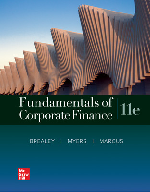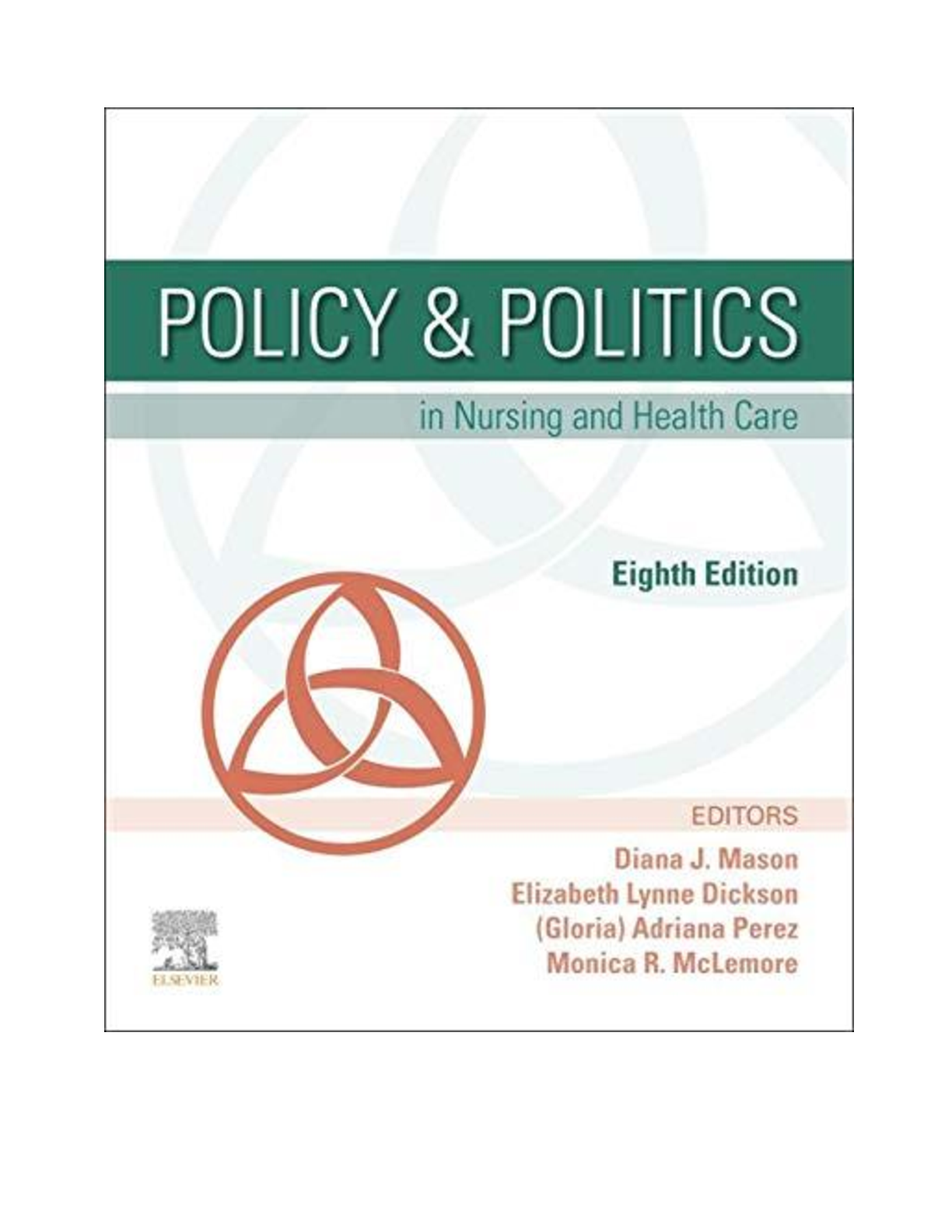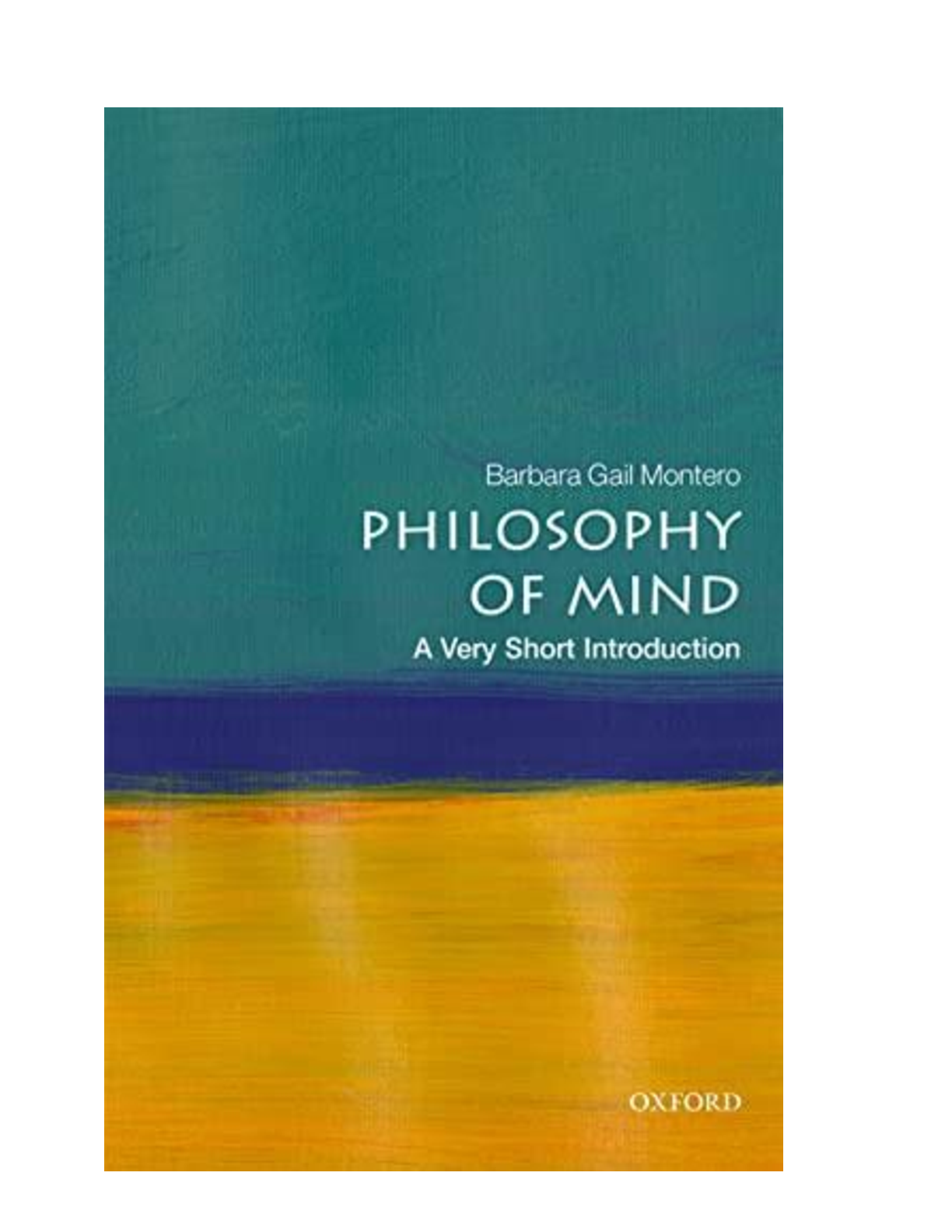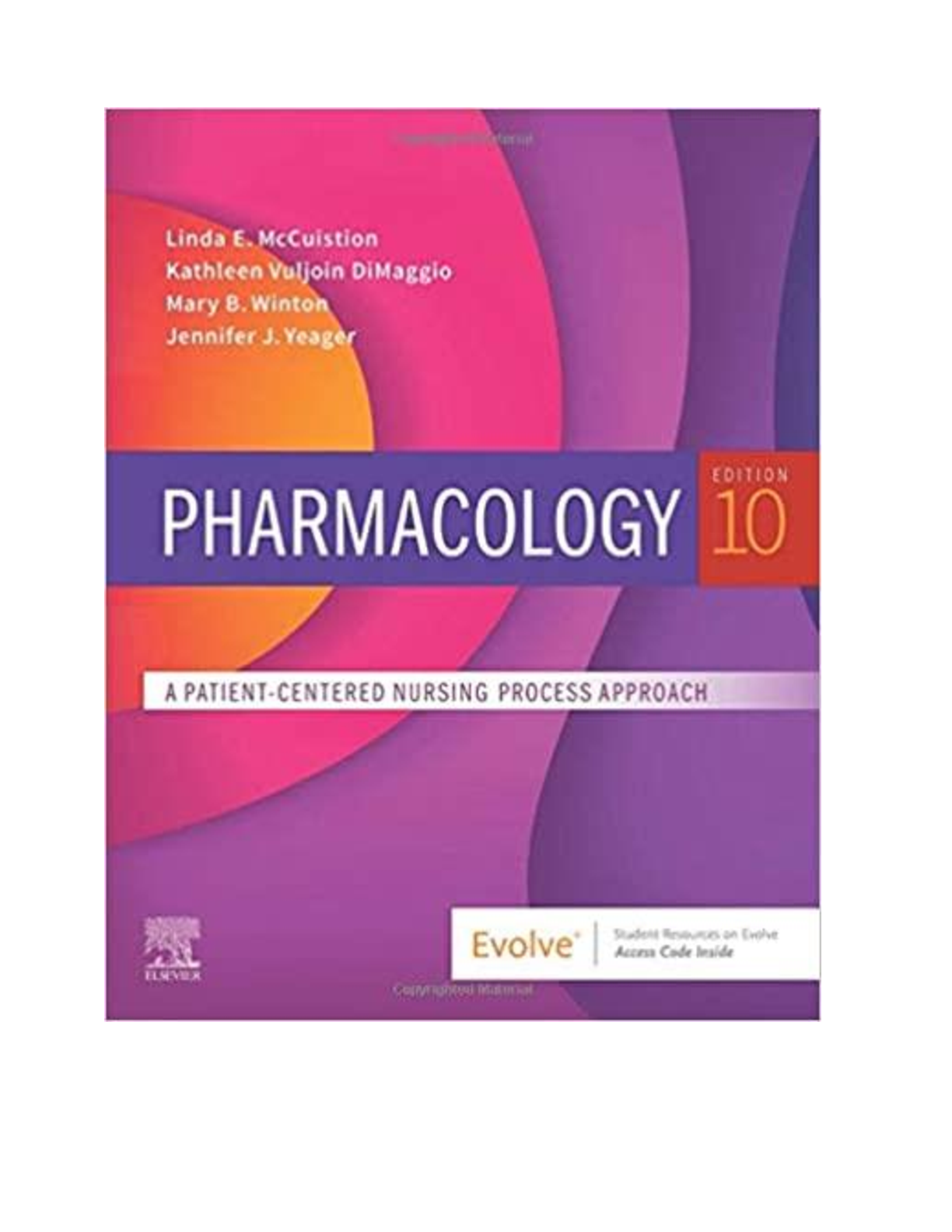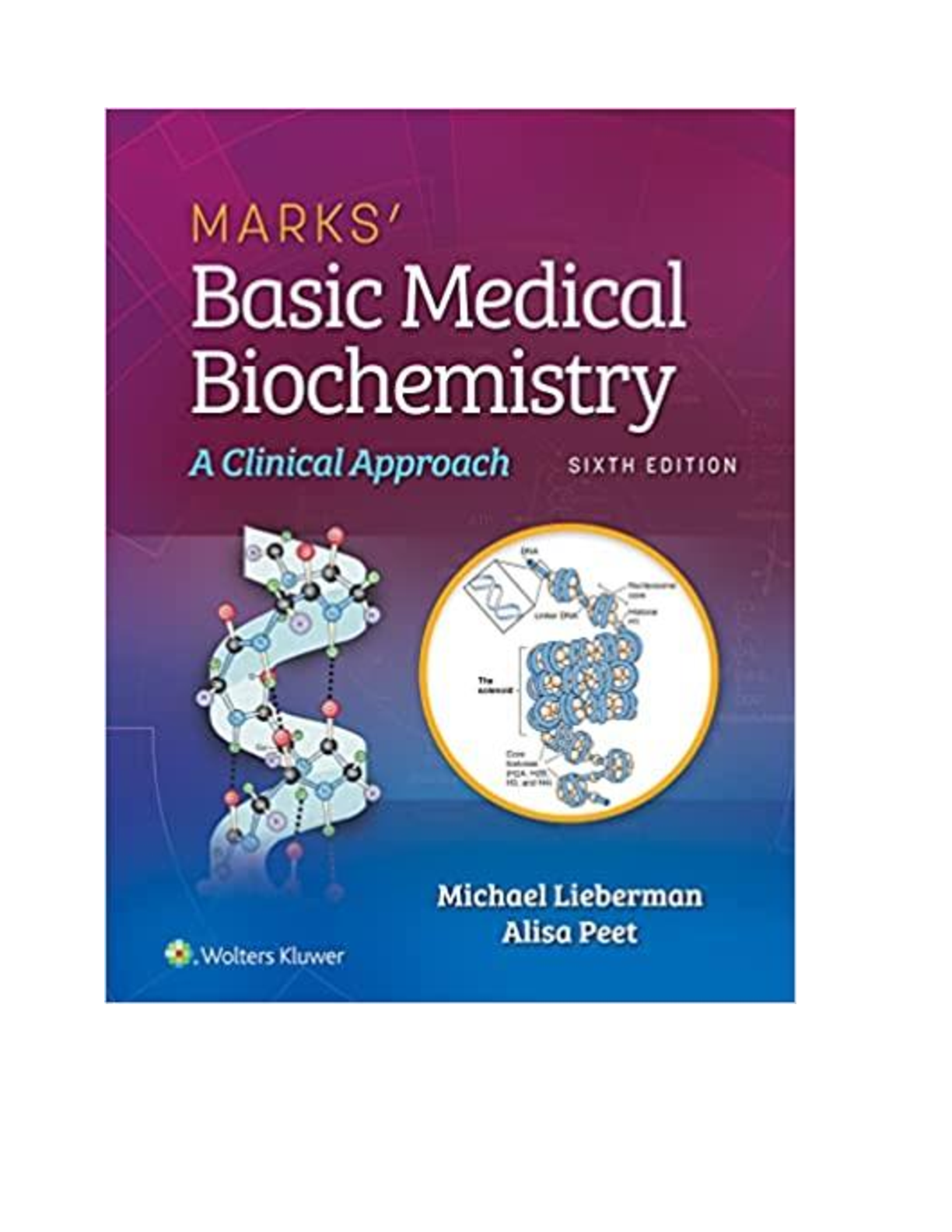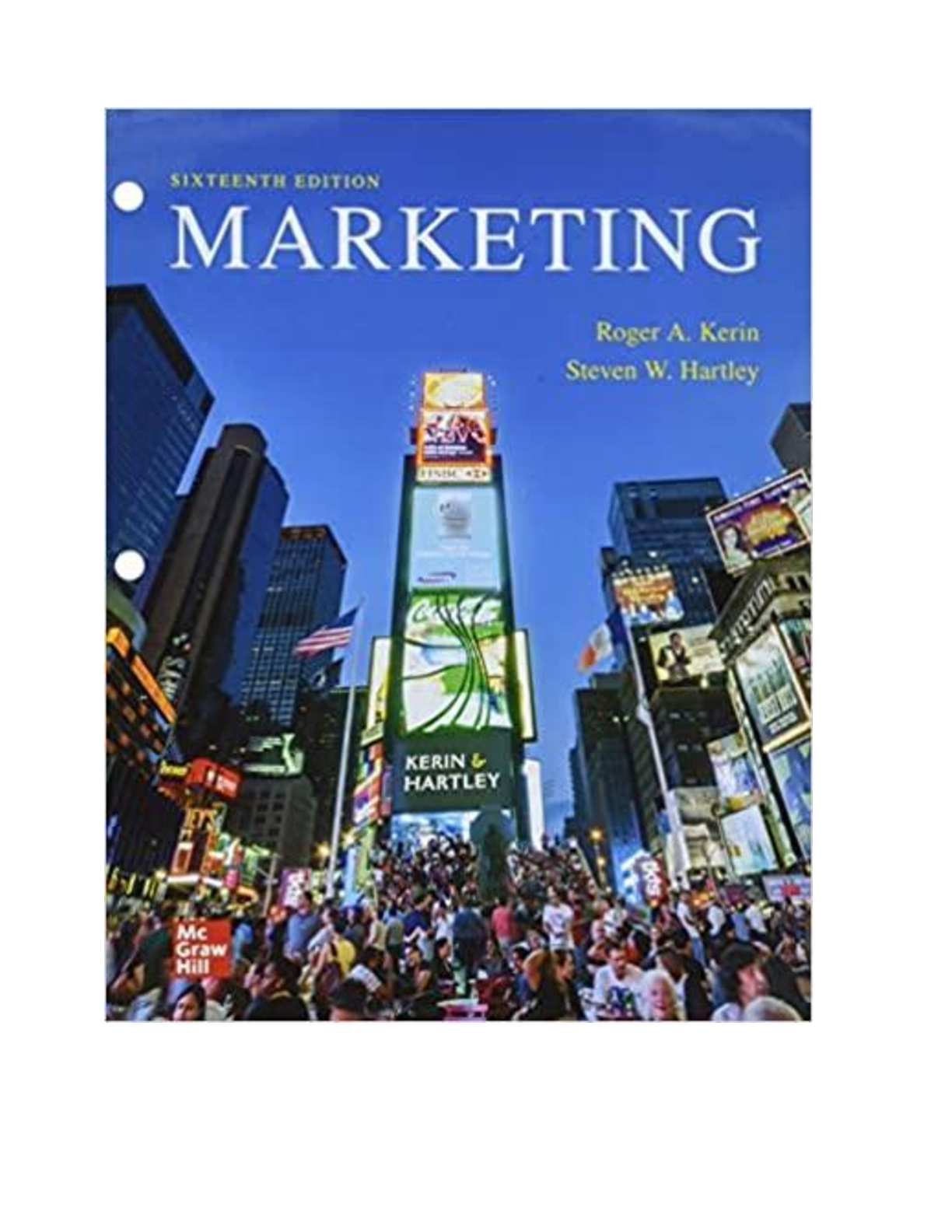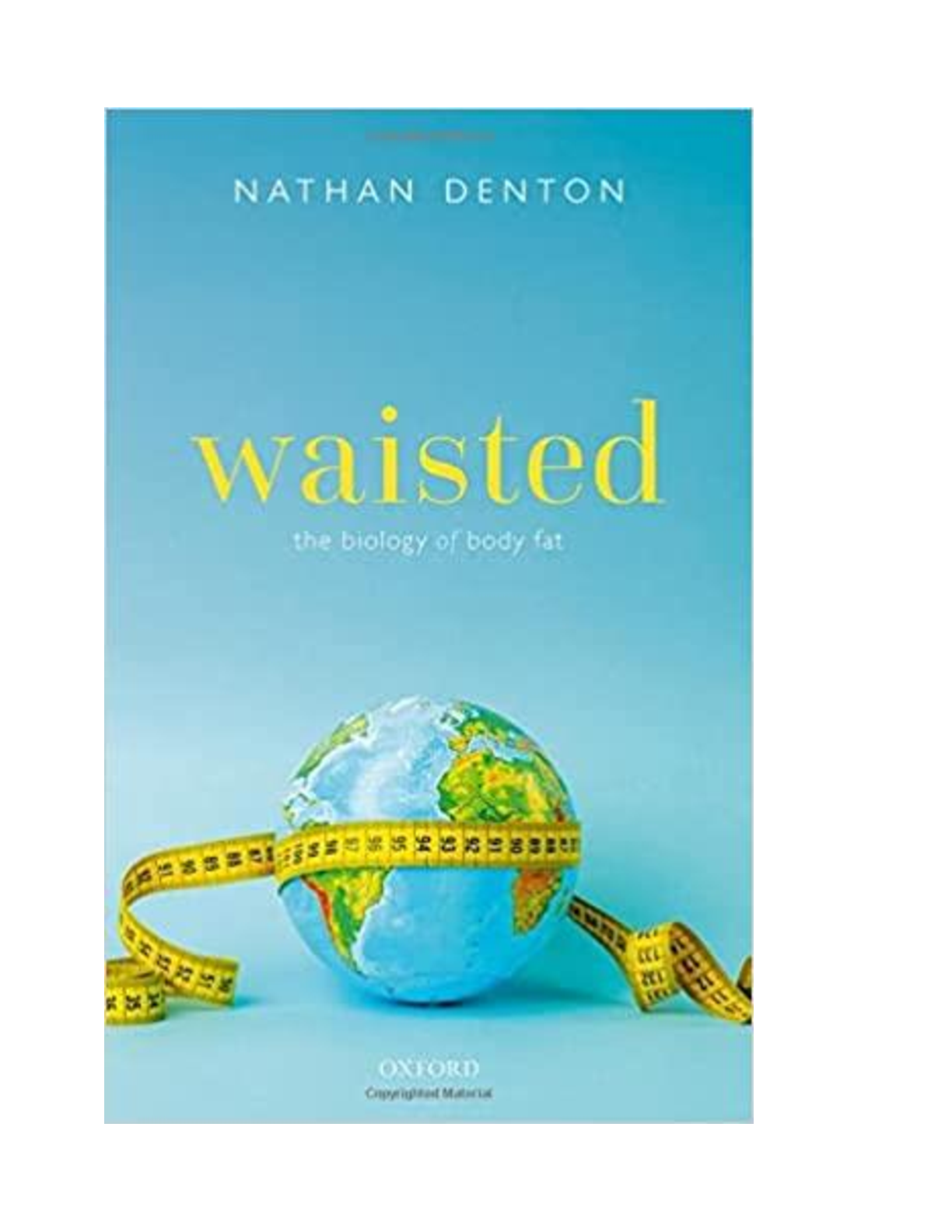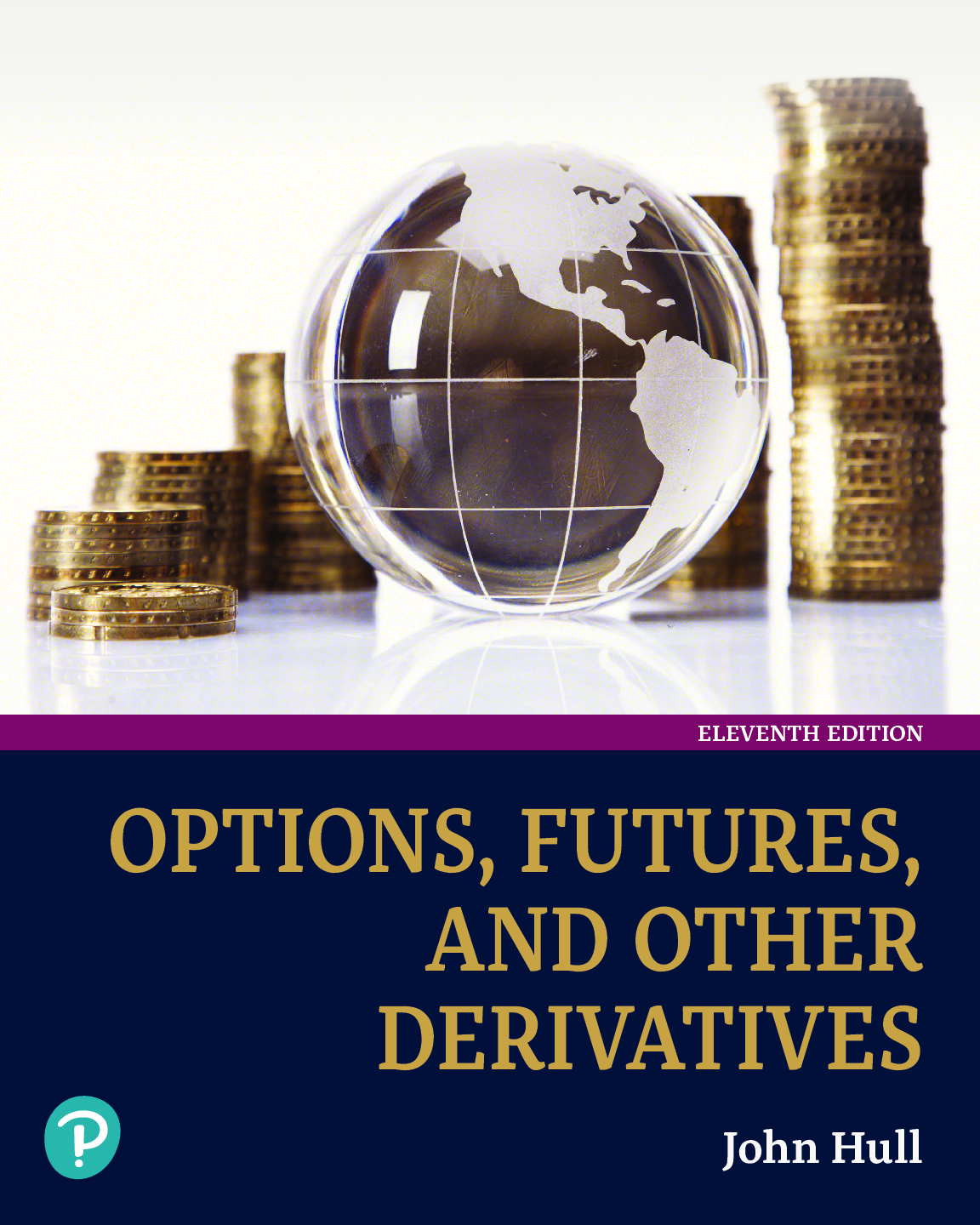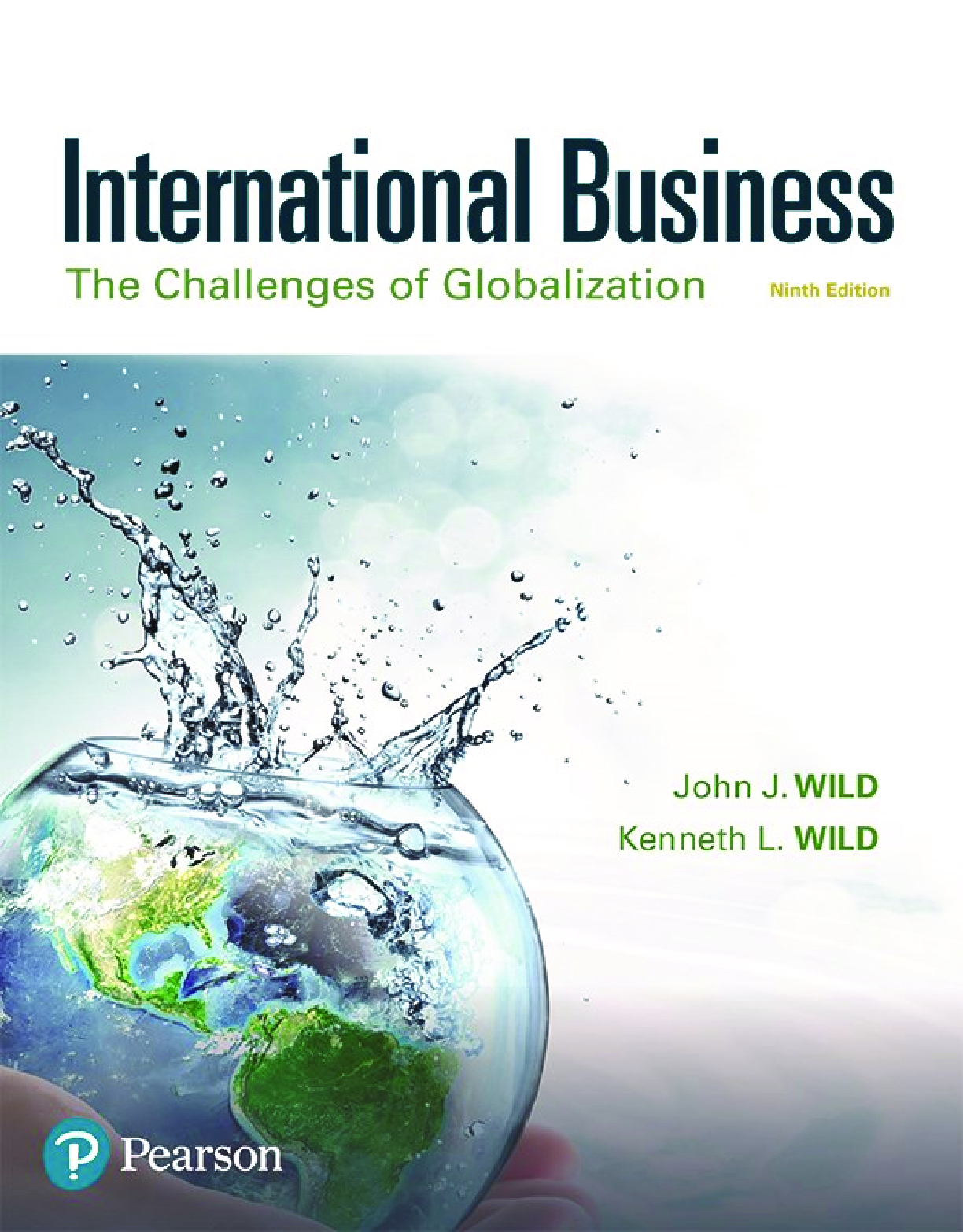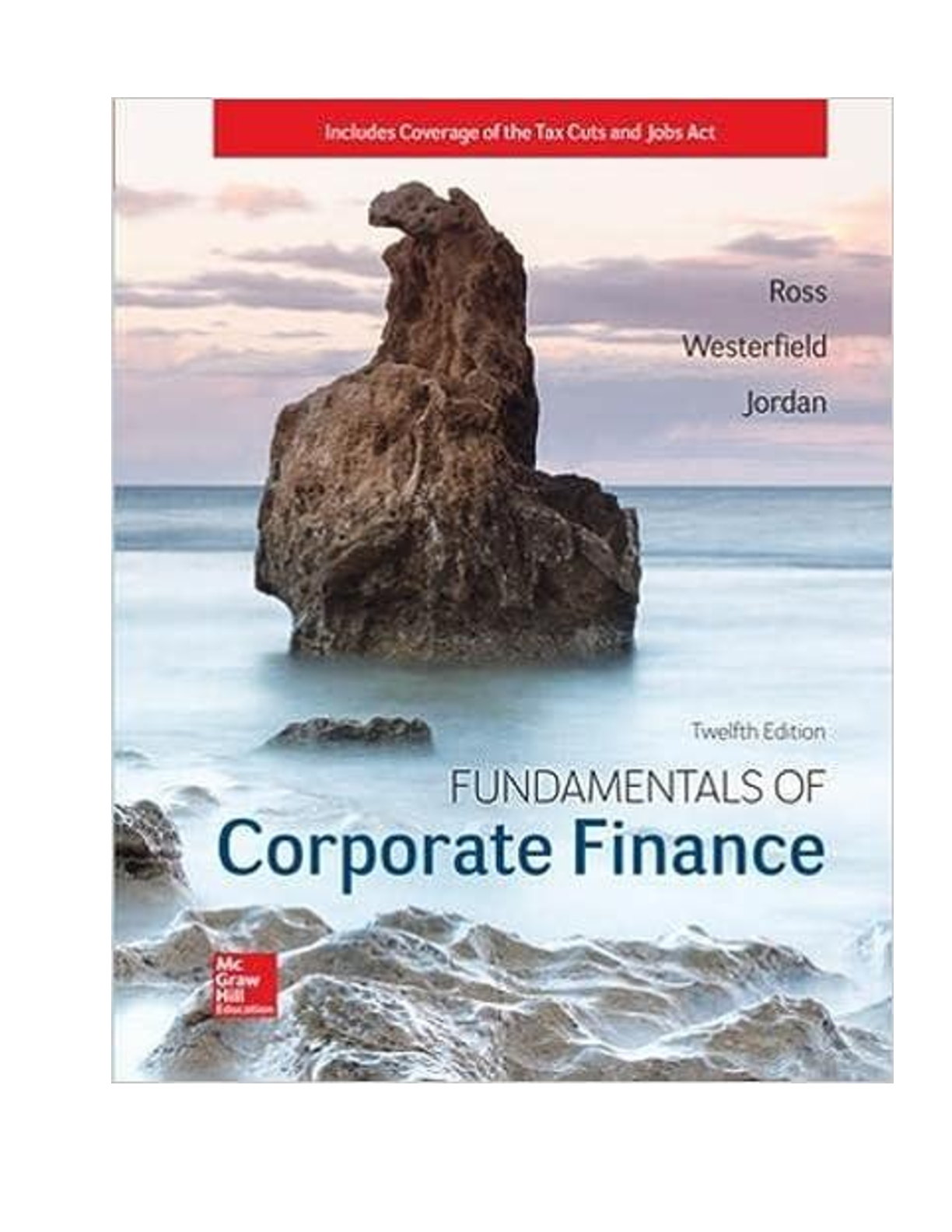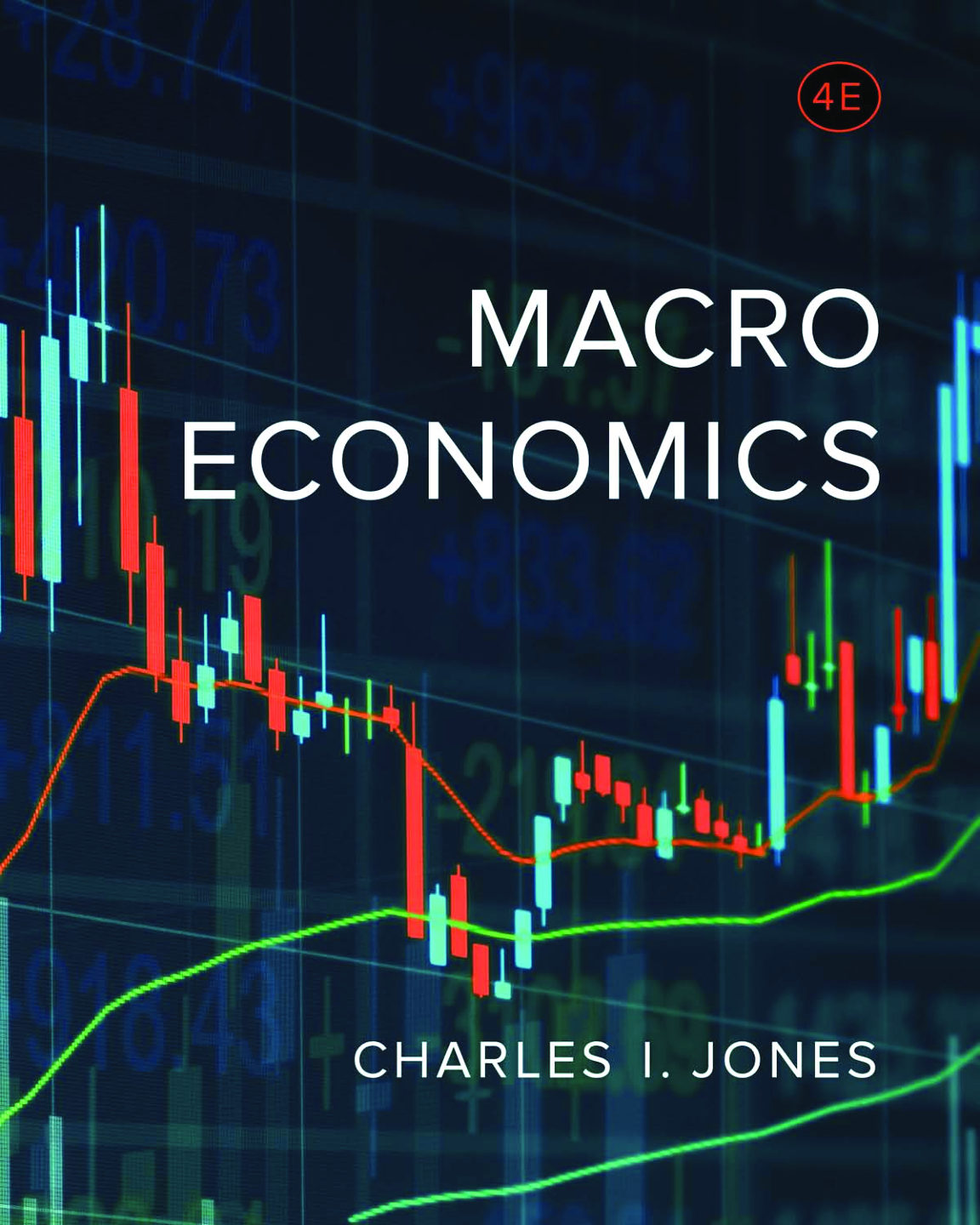Economics > E-Book > Economics, 11th Edition, By John Sloman, Dean Garratt, Jon Guest [PDF] [eBook] (All)
Economics, 11th Edition, By John Sloman, Dean Garratt, Jon Guest [PDF] [eBook]
Document Content and Description Below
Title Page Copyright Page About the Authors Brief Contents Contents Preface Student Resources Flowchart Lecturer Resources Flowchart Acknowledgements Part A INTRODUCTION 1 Economics and Econ... omies 1.1 Economics and global issues 1.2 The core of economics 1.3 Different economic systems 1.4 The nature of economic reasoning Boxes 1.1 What's the latest economics news? 1.2 Looking at macroeconomic data 1.3 The opportunity costs of studying 1.4 Scarcity and abundance 1.5 Command economies 1.6 Adam Smith (1723-90) 1.7 Ceteris paribus Part B FOUNDATIONS OF MICROECONOMICS 2 Supply and Demand 2.1 Demand 2.2 Supply 2.3 Price and output determination 2.4 Elasticity 2.5 The time dimension Boxes 2.1 UK house prices 2.2 Stock market prices 2.3 Social media influencers and their effect on demand curves 2.4 Any more fares? *2.5 Using calculus to calculate the price elasticity of demand 2.6 Digital platforms 2.7 Short selling 2.8 Dealing in futures markets 3 Government and the Market 3.1 The control of prices 3.2 Indirect taxes and subsidies 3.3 Government rejection of market allocation 3.4 Agriculture and agricultural policy Boxes 3.1 A minimum unit price for alcohol 3.2 The impact on prices of natural disasters/health crises 3.3 How can ticket touts make so much money? 3.4 Ashes to ashes? 3.5 The fallacy of composition Part C MICROECONOMIC THEORY 4 Background to Demand: the Rational Consumer 4.1 Marginal utility theory 4.2 The timing of costs and benefits *4.3 Indifference analysis Boxes *4.1 Using calculus to derive a marginal utility function 4.2 The marginal utility revolution: Jevons, Menger, Walras 4.3 Taking account of time *4.4 Cash versus vouchers *4.5 Giffen goods versus Giffen behaviour *4.6 Consumer theory: a further approach 5 Consumer Behaviour in an Uncertain World 5.1 Demand under conditions of risk and uncertainty 5.2 Behavioural economics Boxes 5.1 Experimental economics *5.2 The endowment effect 5.3 The best made plans *5.4 A simple experiment to test for social preferences 5.5 Nudging people 6 Background to Supply 6.1 The short-run theory of production 6.2 Costs in the short run 6.3 The long-run theory of production 6.4 Costs in the long run 6.5 Revenue 6.6 Profit maximisation Boxes 6.1 Malthus and the dismal science of economics 6.2 Diminishing returns in the bread shop 6.3 The relationship between averages and marginals *6.4 The relationship between TPP, MPP and APP 6.5 The fallacy of using historic costs 6.6 Are fixed costs always the same as sunk costs? 6.7 Cost curves in practice *6.8 The Cobb-Douglas production function 6.9 Minimum efficient scale *6.10 Using calculus to find the maximum profit output 6.11 The logic of logistics 7 Profit Maximising under Perfect Competition and Monopoly 7.1 Alternative market structures 7.2 Perfect competition 7.3 Monopoly 7.4 The theory of contestable markets Boxes 7.1 Concentration ratios 7.2 Is perfect best? 7.3 E-commerce and market structure 7.4 Google - a monopoly abusing its market power? 7.5 X inefficiency 7.6 Cut-throat competition 7.7 Airline deregulation in the USA and Europe 8 Profit Maximising under Imperfect Competition 8.1 Monopolistic competition 8.2 Oligopoly 8.3 Game theory 8.4 Price discrimination Boxes 8.1 Selling ice cream as a student 8.2 Declining levels of competition 8.3 OPEC 8.4 Buying power 8.5 The prisoners' dilemma 8.6 What's the train fare to London? 8.7 Personalised pricing in digital markets 8.8 Just the ticket? 9 The Behaviour of Firms 9.1 Problems with traditional theory 9.2 Behavioural economics of the firm 9.3 Alternative maximising theories 9.4 Asymmetric information and the principal-agent problem 9.5 Multiple aims 9.6 Pricing in practice Boxes 9.1 What do you maximise? 9.2 How firms increase profits by understanding 'irrational' consumers 9.3 Constraints on firms' pricing 9.4 When is a theory not a theory? 9.5 Merger activity 9.6 Stakeholder power? 9.7 How do companies set prices? 10 The Theory of Distribution of Income 10.1 Wage determination under perfect competition 10.2 Wage determination in imperfect markets 10.3 Capital and profit 10.4 Land and rent Boxes 10.1 Labour as a factor of production *10.2 Using indifference curve analysis to derive the individual's supply curve of labour 10.3 Immigration and the UK labour market 10.4 Life at the mill 10.5 The rise and decline of the labour movement in the UK 10.6 How useful is marginal productivity theory? 10.7 The persistent gender pay gap? 10.8 Flexible labour markets and the flexible firm 10.9 Behaviour at work 10.10 Stocks and flows 10.11 The economics of non-renewable resources Part D MICROECONOMIC POLICY 11 Inequality, Poverty and Policies to Redistribute Income 11.1 Inequality and poverty 11.2 Taxes, benefits and the redistribution of income Boxes 11.1 Poverty in the past 11.2 Minimum wage legislation 11.3 The Laffer curve *11.4 Tax cuts and incentives 11.5 Replacing tax credits with Universal Credit 11.6 What the future holds 12 Markets, Efficiency and the Public Interest 12.1 Efficiency under perfect competition 12.2 The case for government intervention 12.3 Forms of government intervention *12.4 Cost-benefit analysis 12.5 Government failure and the case for the market Boxes 12.1 The market for vaccines 12.2 The police as a public service 12.3 Should health-care provision be left to the market? 12.4 Deadweight loss from taxes on goods and services *12.5 What price a human life? *12.6 HS2: is it really worth it? 12.7 Mises, Hayek and the Mont Pelerin Society 13 Environmental Policy 13.1 Economics of the environment 13.2 Policies to tackle pollution and its effects 13.3 The economics of traffic congestion 13.4 Urban transport policies Boxes 13.1 The economics of biodiversity 13.2 Green taxes 13.3 Placing a price on CO2 emissions 13.4 International co-ordination on climate change 13.5 Road pricing in Singapore 14 Government Policy towards Business 14.1 Competition policy 14.2 Privatisation and regulation Boxes 14.1 Fixing prices at mini-golf meetings? 14.2 Expensive chips? 14.3 Ticketing takeovers 14.4 Selling power to the people Part E FOUNDATIONS OF MACROECONOMICS 15 An Introduction to Macroeconomic Issues and Ideas 15.1 An overview of key macroeconomic issues 15.2 Measuring national income and output 15.3 The business cycle 15.4 The circular flow of income 15.5 Unemployment 15.6 Inflation 15.7 The open economy Appendix: Calculating GDP Boxes 15.1 Which country is better off? 15.2 Can GDP measure national happiness? 15.3 Output gaps 15.4 The costs of unemployment 15.5 The costs of inflation 15.6 The Phillips curve 15.7 Dealing in foreign exchange 16 The Development of Macroeconomic Thinking: a Historical Perspective 16.1 The macroeconomic environment and debates 16.2 Classical macroeconomics 16.3 The Keynesian revolution 16.4 The rise of the monetarist and new classical schools 16.5 The Keynesian response 16.6 An emerging consensus up to the crisis of 2008 16.7 The financial crisis and the COVID-19 pandemic Boxes 16.1 Balance the budget at all costs 16.2 The crowding-out effect 16.3 Will wage cuts cure unemployment? 16.4 Menu costs 16.5 The paradox of thrift Part F MACROECONOMIC MODELS, THEORIES AND POLICY 17 Short-run Macroeconomic Equilibrium 17.1 Background to the theory 17.2 The determination of national income 17.3 The simple Keynesian analysis of unemployment and inflation 17.4 The Keynesian analysis of the business cycle Boxes *17.1 Using calculus to derive the MPC 17.2 Confidence and spending 17.3 Deriving the multiplier formula 17.4 Allowing for inflation in the 45 line diagram 17.5 Has there been an accelerator effect in the UK? 17.6 Balance sheets and the business cycle 18 Banking, Money and Interest Rates 18.1 The meaning and functions of money 18.2 The financial system 18.3 The supply of money 18.4 The demand for money 18.5 Equilibrium Boxes 18.1 Money supply, national income and national wealth 18.2 The growth of banks' balance sheets 18.3 The rise of securitisation 18.4 UK and eurozone monetary aggregates *18.5 Calculating the money multiplier 19 The Relationship between the Money and Goods Markets 19.1 The effects of monetary changes on national income 19.2 The monetary effects of changes in the goods market 19.3 Modelling the interaction of monetary policy and the goods market 19.4 Credit cycles and the goods market *Appendix: The IS/LM model Boxes 19.1 Choosing the exchange rate or the money supply 19.2 Party games and the velocity of money 19.3 The stability of the velocity of circulation 19.4 Crowding out in an open economy 19.5 Amplifiers and economic shocks 20 Aggregate Supply, Inflation and Unemployment 20.1 The AD/AS model 20.2 AD/AS and inflation 20.3 Aggregate demand and supply with inflation targeting: The DAD/DAS model 20.4 The labour market and aggregate supply 20.5 AD/AS and macroeconomic controversies Boxes 20.1 The aggregate demand curve 20.2 Cost-push inflation and supply shocks 20.3 Analysing demand-pull and cost-push inflation using the DAD/DAS model 20.4 Common ground between economists? 21 The Relationship between Inflation, Unemployment and Output 21.1 The EAPC and the inflation-unemployment relationship 21.2 Inflation and unemployment: the monetarist perspective 21.3 Inflation and unemployment: the new classical position 21.4 Inflation and unemployment: the modern Keynesian position 21.5 Central banks and inflation targeting 21.6 Central banks, economic shocks and the macroeconomy: an integrated model Boxes *21.1 Basing expectations on the past 21.2 The accelerationist hypothesis 21.3 The rational expectations revolution 21.4 Forecasting the weather 21.5 The boy who cried 'Wolf' *21.6 A model of inflation bias 21.7 Inflation targeting 22 Fiscal and Monetary Policy 22.1 Fiscal policy and the public finances 22.2 The use of fiscal policy 22.3 Monetary policy 22.4 The policy-making environment Boxes 22.1 COVID, crises and public-sector spending 22.2 The fiscal impulse 22.3 Riding a switchback 22.4 The evolution of the Stability and Growth Pact 22.5 The operation of monetary policy in the UK 22.6 Central banking and monetary policy in the USA 22.7 Quantitative easing 22.8 Monetary policy in the Eurozone 22.9 Goodhart's law 22.10 Using interest rates to control both aggregate demand and the exchange rate 23 Long-term Economic Growth and Supply-side Policies 23.1 Introduction to long-term economic growth 23.2 Economic growth without technological progress 23.3 Economic growth with technological progress 23.4 Approaches to supply-side policy 23.5 Supply-side policies in practice: market-orientated policies 23.6 Supply-side policies in practice: interventionist policies Boxes 23.1 Labour productivity 23.2 Getting intensive with capital 23.3 UK human capital 23.4 The supply-side revolution in the USA 23.5 A modern approach to industrial policy Part G THE WORLD ECONOMY 24 International Trade 24.1 The advantages of trade 24.2 Arguments for restricting trade 24.3 Preferential trading 24.4 The European Union 24.5 The UK and Brexit Boxes 24.1 Trading places 24.2 Sharing out the jobs 24.3 Trade as exploitation? 24.4 Free trade and the environment 24.5 Strategic trade theory *24.6 The optimum tariff or export tax 24.7 Giving trade a bad name 24.8 The Doha development agenda 24.9 Mutual recognition: the Cassis de Dijon case 24.10 Features of the single market 25 The Balance of Payments and Exchange Rates 25.1 Alternative exchange rate regimes 25.2 Fixed exchange rates 25.3 Free-floating exchange rates 25.4 Exchange rate systems in practice *Appendix: The open economy and IS/LM analysis Boxes 25.1 The balance of trade and the public-sector budget balance 25.2 The UK's balance of payments deficit 25.3 The effectiveness of fiscal and monetary policies under fixed exchange rates 25.4 The price of a Big Mac 25.5 The euro/dollar seesaw 25.6 The effectiveness of monetary and fiscal policies under floating exchange rates 25.7 Sterling since the 1990s 25.8 Do inflation rates explain longer-term exchange rate movements? 26 Economies in an Interdependent World 26.1 Globalisation and the problem of instability 26.2 European economic and monetary union (EMU) 26.3 Global inequality 26.4 Trade and developing countries 26.5 The problem of debt Boxes 26.1 Economic and financial interdependencies: Trade imbalance in the USA and China 26.2 Optimal currency areas 26.3 The Human Development Index (HDI) 26.4 When driving and alcohol do mix 26.5 The evolving comparative advantage of China 26.6 A debt to the planet Postscript: Reality Island Appendix 1: Some Techniques of Economic Analysis Appendix 2: Websites Threshold Concepts and Key Ideas Glossary Publisher's Acknowledgements Index Back Cover [Show More]
Last updated: 1 year ago
Preview 1 out of 600 pages

Reviews( 0 )
Document information
Connected school, study & course
About the document
Uploaded On
Dec 22, 2022
Number of pages
600
Written in
Additional information
This document has been written for:
Uploaded
Dec 22, 2022
Downloads
0
Views
79

